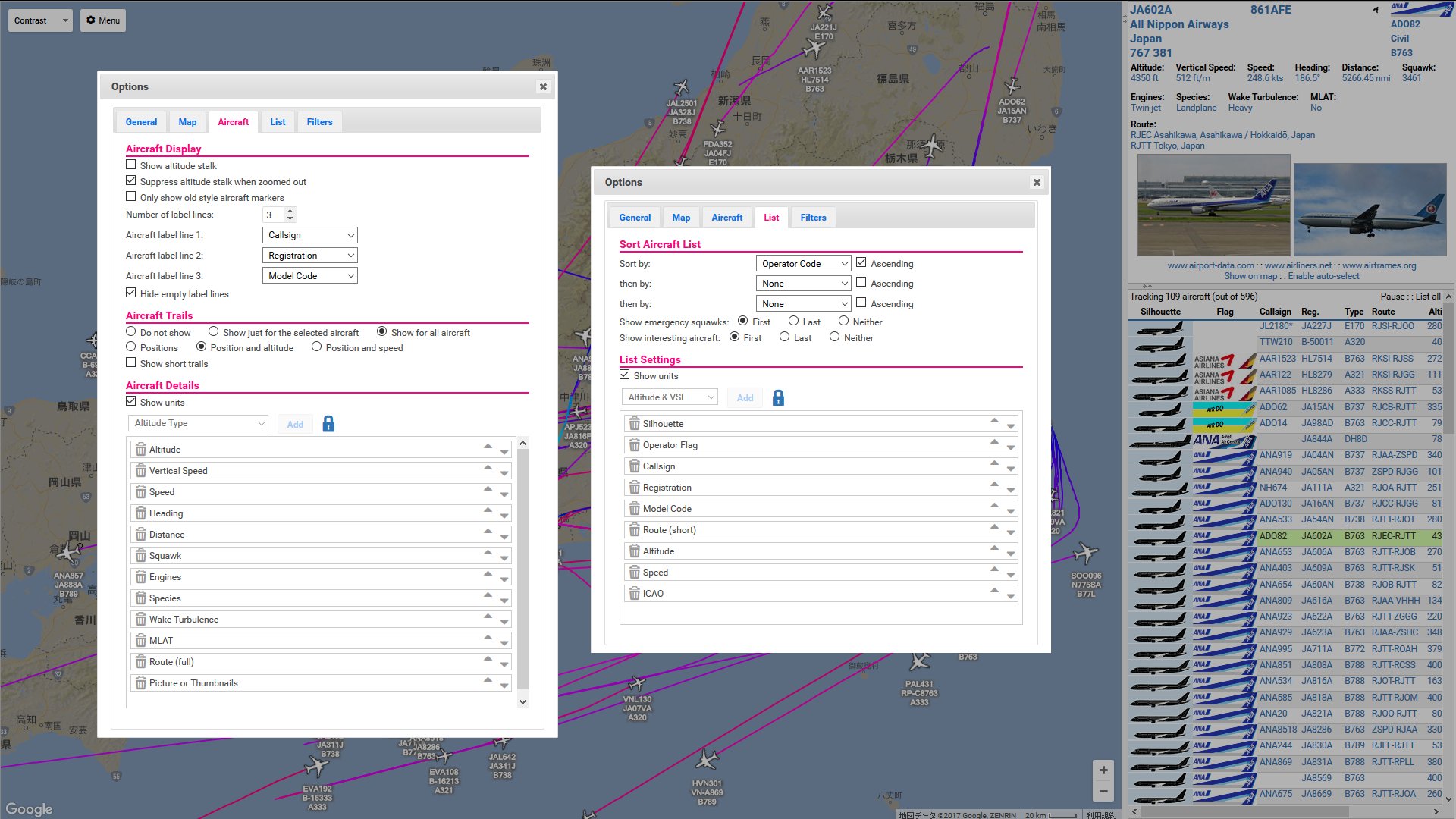

Now move the folder to a location on your hard drive from which you can safely run applications. Let’s simplify this by changing the name to modesdeco. At this point I suggest changing the name of the uncompressed folder because by default it will have the compile date as part of the folder name, which adds bulk.
Planeplotter airspy drivers#
And it doesn’t need any additional drivers installed to do it.ĭownload the application from the link above and uncompress the folder. It’s a versatile, robust command-line utility (don’t be scared!) that will do everything you need to track ADS-B enabled aircraft flying over your home. This little all-in-one solution is called ModeSDeco2, and while it doesn’t have an official website you shouldn’t be put off by that.
Planeplotter airspy mac os#
Want to run it on a variety of platforms, including Windows, Mac OS X, Linux, or the RaspberryPi? No problem. Want statistics about the types of data being received? No problem. Want to add another data stream for Virtual Radar Server? No problem. Want to feed BaseStation and PlanePotter at the same time? No problem. I recently came across a decoder application, though, that does everything you need all in one utility.
Planeplotter airspy software#
The solutions were mostly complicated by the need to use additional software utilities to massage data streams. That would be the same for any of the “average” formulas above.I’ve written many posts over the last couple of years detailing the steps needed to integrate ADS-B decoder applications (like RTL-1090 and dump1090) with virtual radar display apps (like BaseStation and PlanePlotter). Because it’s an average, you’ll almost never see a “strong” signal in the stats. Right now, I’m using the average of the 4 mark symbols in the preamble.



We Need To Talk About Kevin Signal Level…


 0 kommentar(er)
0 kommentar(er)
